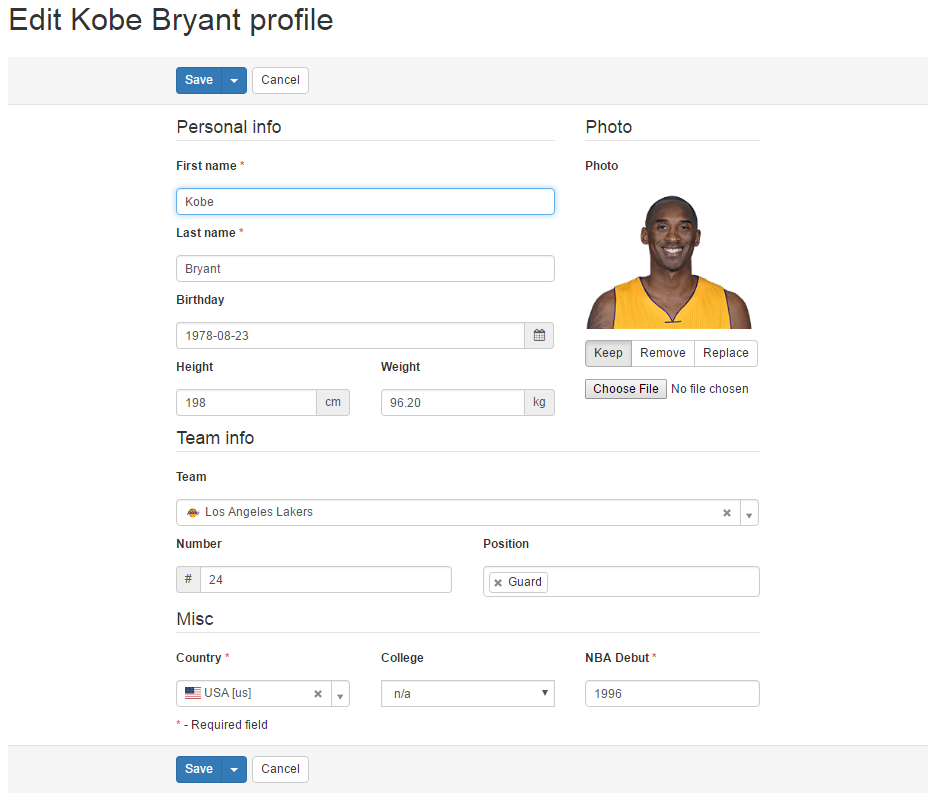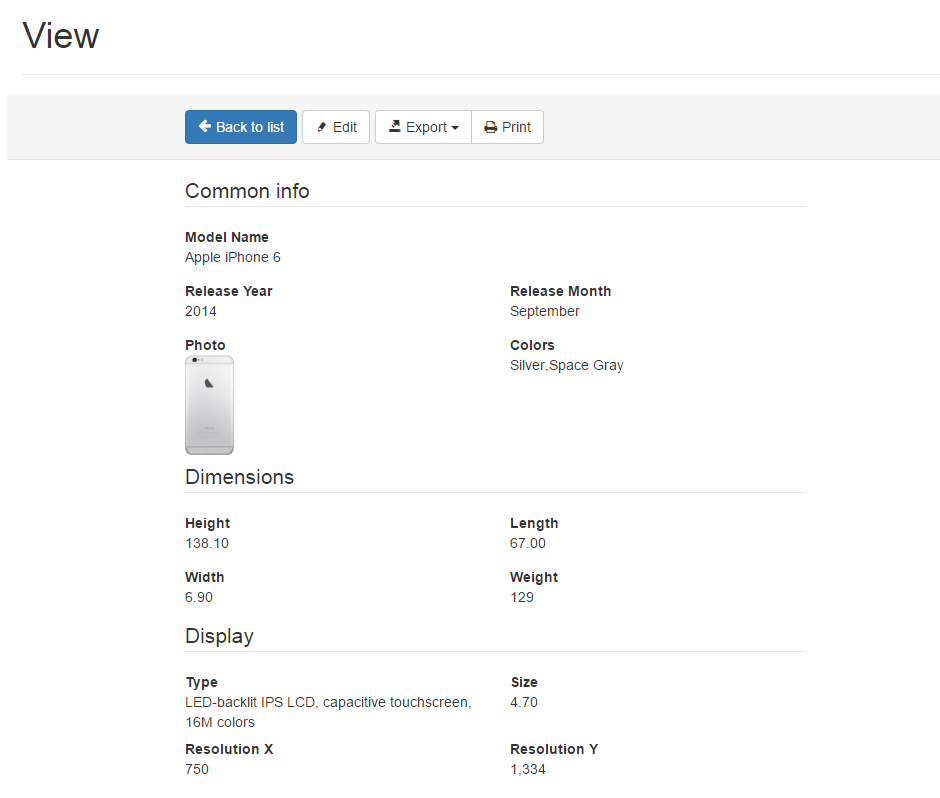Firebird Php Generator Professional Resume
—, right before –. In music, the most encountered time signature is 4/4, boring old. There's also 2/4 () and 2/2 ('cut time'), which aren't much different - all the bars still divide evenly into two, which makes these useful meters for marches; two beats per measure equals one measure per pair of steps. 3/4, sometimes called 'three-quarter time' and the canonical meter for waltzes, is also fairly intuitive - if you've ever been taught to waltz by counting 'step, two, three, step, two, three' then you know how it works. Regular time signatures are divided into the categories of 'simple' and 'compound' time. Simple has each beat divide into two, compound has each beat divide into three. 4/4 is referred to as 'simple quadruple time' (4/2 would also be this), 2/4 is 'simple duple' (along with 2/2, 2/1, 2/8, you get the idea); 6/8 is 'compound duple' (equivalent to 2/4 in simple), 9/8 'compound triple' (equivalent to 3/4) and 12/8 compound quadruple (equivalent to 4/4).
Note that 9/8, depending on how it is divided, can be either an example of this trope or compound time note within a note 9/8 is by far most commonly seen in its compound triple form, where three beats of dotted crotchets divide into three quavers each. Geografia E Storia Della Letteratura Italiana Pdf To Excel more. Music in Uncommon Time, however, does away with regular meters, and instead opts for totally unconventional rhythms that are often based on higher prime numbers, or at least that are not divisible by two or three.
Yahoo Free Hacking Software. This can be done by choosing an oddball time signature such as 5/4 or 7/8 (most common of the irregular meters) and/or by switching time signatures rapidly. It can be done throughout the length of an entire song, or used as an effect in an otherwise common-time song. (For those who have difficulty determining the meter of a song, try paying attention to its percussion track: In many songs the bass and snare drums are perfectly timed with each beat, because this establishes a metronome that the other singers/players rely on to keep their parts of the song in sync to. This, of course, does not help when the song uses polyrhythms (that is, having different instruments playing in conflicting rhythms that are not readily perceived as deriving from one another, or as simple manifestations of the same meter), as bands such as are known for). This trope is heavily associated with the,,, and genres, to the point where there are only a handful of prominent acts in any of these genres who have never used it. It is also incredibly common in modern, which is often credited as being due to the influence of, particularly in.
Warning: Invalid argument supplied for foreach() in /srv/users/serverpilot/apps/jujaitaly/public/index.php on line 447.

(Stravinsky was a rather large influence on many of these prog groups as well). • The 'top' number of a time signature indicates how many beats are in a measure, and the bottom number indicates the length of the beat, as determined by how many multiples of the beat make up a semibreve (whole note). For example, a 4/4 time signature means 'four beats per measure, counted in quarter notes/crotchets. Kenwood Th 75e Manual Lymphatic Drainage. ' As such, the top number is usually what makes a difference: a song that's in 4/4 will sound more-or-less the same as a song that's in 4/2 because both of them go 'one two three four', even though it'll look longer on paper. Likewise, a song in 4/4 is not the same as a song in 2/2, because while each measure has the same 'duration' (4 x 0.25 versus 2 x 0.5), a 2/2 song only has two beats ().
